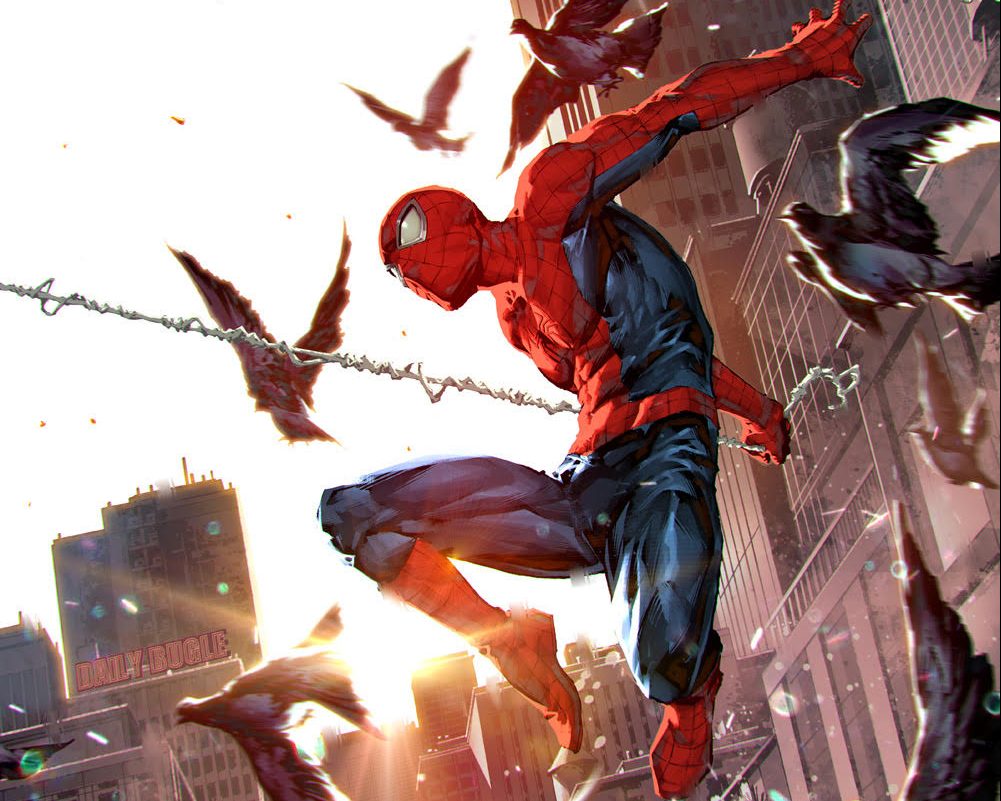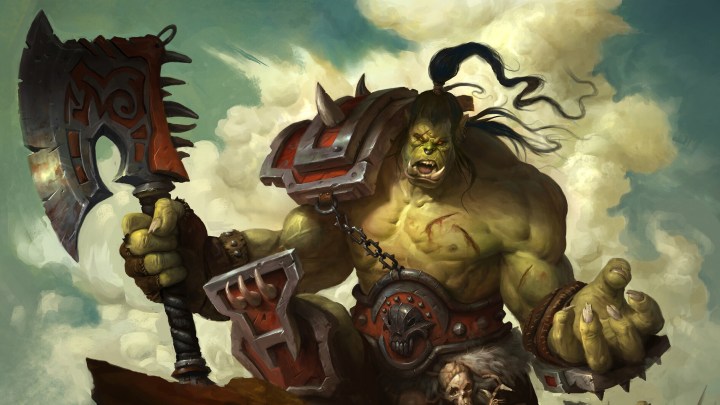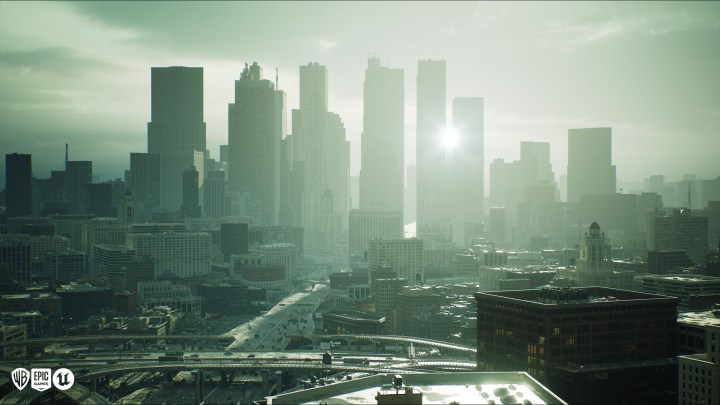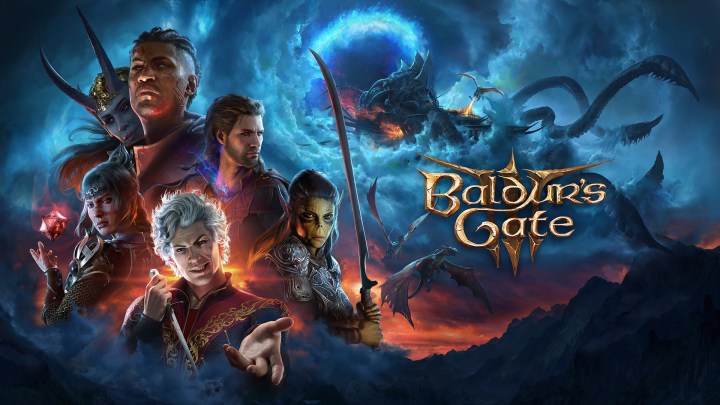Inside the Cover Art of Kael Ngu
You may have seen the art of Freelance Illustrator Kael Ngu on the front of your favourite comics. He has worked for Marvel Comics, DC Comics, and Image Comics just to name a few. In addition to making cover art for various western publishers, he’s also created original art for private collectors all over the world.
For ArtStation Comic Art Week 2021 Kael gave us a special look at his art, including a breakdown of his cover creation process.
What inspired you to begin a career in comic art?
The response and love from the community. I was initially working in games and not involved in the world of superheroes and comic art, but I do love to draw traditionally—so I did that after my full-time job, and posted them on my social media. They received a lot of positive responses and after a while, I started to get more requests to draw superheroes…and here I am!
What’s your creative process for designing a new cover?
 I sketch all my layouts digitally, and then proceed to do clean pencils in Photoshop before printing them out to be inked on a lightbox. After manually inking them, I scan the finished inks to be colored digitally. Each stage basically takes one day, so I usually spend three days on one cover.
I sketch all my layouts digitally, and then proceed to do clean pencils in Photoshop before printing them out to be inked on a lightbox. After manually inking them, I scan the finished inks to be colored digitally. Each stage basically takes one day, so I usually spend three days on one cover.
I tend to do a lot of research on other artists’ works before I start sketching, to gather inspirations and also avoid what has been done before in terms of ideas, poses, and compositions. In the world of comic art, cool poses have been done to death and it’s very easy to accidentally draw the same pose that has been done before, and people will think you swiped it from the original.
To avoid that, I sketch out the pose I have in mind, and proceed to take a photo of myself posing. That way I have a higher chance of producing poses that are unique. I also pay a lot of attention to my use of color and light, trying my best to apply contrast so my covers stand out when displayed on a shelf. These two points are what I usually keep in mind when I work on a cover.

You’ve really mastered and developed a recognizable style in your ink work. What advice do you have for achieving such polished and detailed images?
Thank you! I think a style is basically a way that you’re used to drawing. The more you repeat it, the more solid it becomes. You’re channeling yourself, your personality into every stroke. I think it takes time to develop as you have to understand yourself…you have to know what you like, and know what you want your audience to feel by looking at your art. A style changes when your personality and thinking change, it grows together with you in a way. Some people know what they want from the beginning, while some wander and experiment. The key is to keep on doing it and it will come around sooner or later!
What has your experience been finding comic art jobs in the Malaysian art scene?
Most of my work comes from the United States, as I’m doing cover art featuring western superheroes and that’s where the market is. The Malaysia comic art scene is more directed towards a manga and anime influence as the culture is stronger in Asia.
I think networking is one of the key things to keep in mind if you want to look for jobs internationally. I did all my networking online. Making friends with artists in the field, checking out what everyone is doing, and responding to messages is very important in my opinion.
Tell us about one of the most memorable learning experiences of your career.
Being able to sell really matters, ha ha. I’m not sure how to achieve that as the market is subjective, but being able to sell is everything in the comic art scene in my opinion. Publishers and retailers invest in every cover we’re hired to do, and if you can’t sell then that means a loss to them. When I first started out, my first covers didn’t sell and I end up not getting any cover requests for a year. I had to train myself to become better at my art, and work on my social media presence to further market myself.
Do you have any dream IPs you’d love to work on in the future?
I’d love to work on my personal project the most (which is still under development)! I wanted to work on publishing and producing my own merchandise—artbooks, art prints and stuff like that. Having your own IP will be the best thing ever as you’ll have full creative control and the full rights to do whatever you want. That will be my goal for the foreseeable future!
Any final words of advice?
Enjoy and have fun at what you do!
The outcome of your art really shows if you love it or not. If you love and enjoy what you do, your audience will love it too. The love comes from yourself.



























